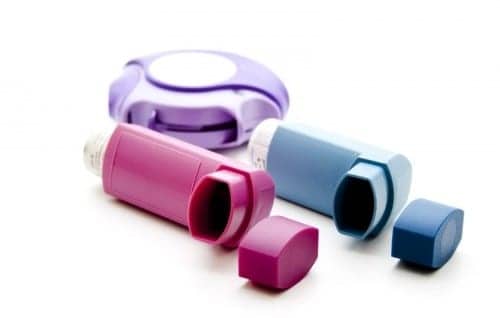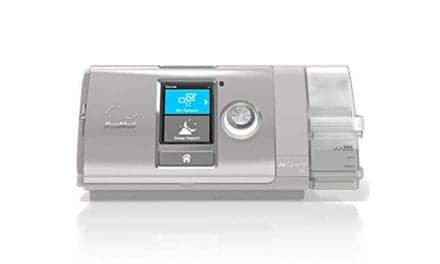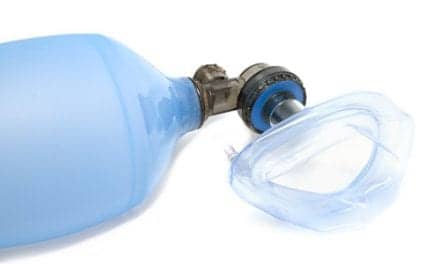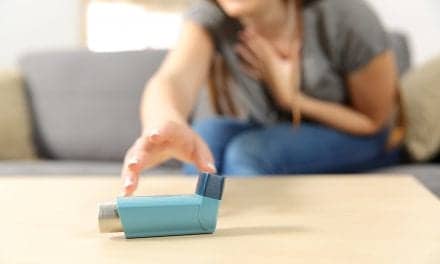A new study has found that once-daily budesonide/formoterol administered by pressurized metered-dose inhaler (pMDI) achieves better maintenance of pulmonary function compared to once-daily pMDI budesonide in 6- to 15-year-old patients with stable asthma. The findings have been published in the journal Pediatrics.
The 12-week multicenter, double-blind randomized controlled study included 521 patients, aged 6 to 15 years, with mild to moderate persistent asthma. Patients were stabilized during a run-in period of 4 to 5 weeks with twice-daily budesonide/formoterol pMDI. They were then randomly assigned to receive twice-daily budesonide/formoterol pMDI 40/4.5 µg, given in 2 inhalations (160/18 µg/day); once-daily budesonide/formoterol pMDI 80/4.5 µg, given in 2 inhalations (160/9 µg/day, in the evening); or once-daily budesonide pMDI 80 µg, given in 2 inhalations (160 µg/day, in the evening).
The researchers found that twice-daily budesonide/formoterol via pMDI produced significantly better results for all pulmonary function variables versus once-daily budesonide via pMDI. At the end of the 24-hour once-daily dosing interval, once-daily or twice-daily budesonide/formoterol appeared to be more effective than budesonide alone regarding the primary outcome of evening peak expiratory flow (P ? 0.027).
Twice-daily budesonide/formoterol was more effective than once-daily budesonide/formoterol for evening predose forced expiratory volume in 1 second (P ? 0.011). In addition, twice-daily budesonide/formoterol was more effective than budesonide for daytime and nighttime rescue medication (P ? 0.023) versus once-daily budesonide/formoterol for daytime rescue medication (P ? 0.039).
Groups were comparable for daytime and nighttime asthma symptoms, nighttime awakenings attributed to asthma, and health-related quality of life. More patients using once-daily treatment with either budesonide (15.5%) or the combination (19.6%) had worsening asthma compared to those using twice-daily budesonide/formoterol (8.2%; P = 0.002).
The study noted no apparent safety differences with once-daily versus twice-daily treatment, and all treatment were equally well tolerated.










